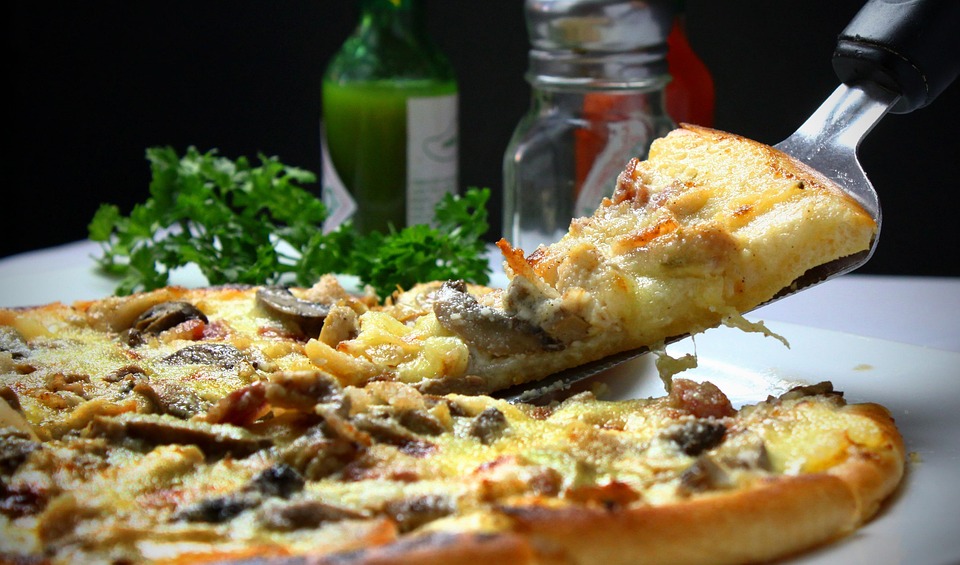The Science of Flavor: How Gourmet Chefs Create Culinary Magic
In the world of gastronomy, the allure of high-end cuisine often lies not just in the quality of the ingredients but in the science behind flavors. Gourmet chefs are like alchemists, transforming simple components into extraordinary culinary experiences. Through an intricate understanding of flavor profiles, temperature, texture, and technique, they create culinary magic that tantalizes the taste buds and engages the senses.
The Fundamentals of Flavor
At its core, flavor is a complex interplay of taste and smell. The human palate detects five basic tastes: sweet, salty, sour, bitter, and umami. Each contributes to the overall flavor experience, but aroma plays an equally crucial role. Aromatic compounds release scents that interact with taste and can amplify or subdue specific flavors.
For chefs, understanding the Science of Flavor starts with balancing these tastes. For instance, a dish that is excessively salty might benefit from a touch of sweetness or acidity, which can create a more harmonious flavor profile. The goal is to craft dishes that resonate with the diner’s palate, evoking emotions and memories with every bite.
The Role of Aromatics
Aromatics are crucial in elevating flavors beyond their basic components. Ingredients like herbs, spices, citrus peels, and even smoke can enhance the overall sensory experience. Gourmet chefs experiment with various aromatics to find the perfect complements for their dishes.
For example, adding a sprig of rosemary to roasted lamb not only infuses the meat with a comforting aroma but also interacts with the natural flavors of the meat, creating a more profound culinary experience.
Temperature and Texture
Temperature and texture also play vital roles in flavor perception. The temperature at which food is served can enhance or mute specific tastes. Hot dishes often release more volatile aromatic compounds, making them more fragrant and flavorful. Conversely, chilled items can sometimes dull flavors, necessitating the use of stronger seasonings.
Texture is equally important; the contrast between creamy, crunchy, soft, and chewy elements can elevate a dish. Consider the contrast of a silky panna cotta topped with crunchy caramel shards. This combination can trick the brain into experiencing a wider spectrum of flavors.
Techniques of Preparation
The methods chefs use to prepare ingredients significantly impact flavor development. Techniques such as braising, grilling, and sous-vide cooking can change how flavors are released and absorbed.
For example, the Maillard reaction, a chemical process that occurs when proteins undergo heat, creates rich flavors and aromas characteristic of grilled or roasted foods. Chefs meticulously time their cooking techniques to realize maximum flavor at every stage of the meal.
Flavor Pairing and Experimentation
Gourmet chefs often rely on flavor pairing theory, which suggests that foods with similar flavor compounds will complement each other. This scientific approach allows chefs to explore unique ingredient combinations that may not be traditionally used together.
Take the unexpected pairing of chocolate and blue cheese: both contain compounds that contribute to their respective flavors, allowing them to harmonize in surprising ways when thoughtfully prepared. This willingness to experiment and innovate is what keeps the culinary world fresh and exciting.
The Emotional Aspect of Flavor
Lastly, the emotional connotation of food should not be underestimated. Flavors can evoke nostalgia, comfort, and joy. Gourmet chefs often design a complete experience—from flavor to presentation—to create lasting memories. The ambiance, plating, and even the narrative behind a dish contribute to how the flavors are perceived.
Consider how a simple bowl of pasta can evoke cherished family memories, enhanced by the love and care put into its preparation. The art of cooking is as much about emotions as it is about taste.
Conclusion
The science of flavor is a beautifully intricate dance between chemistry, creativity, and emotion. Gourmet chefs masterfully navigate this landscape to create dishes that not only satisfy hunger but also engage the senses and create memorable experiences. By understanding the fundamental principles of flavor – from taste balance to temperature, texture, and emotional connections – chefs continue to push the boundaries of what food can be, turning each meal into a captivating culinary adventure.



